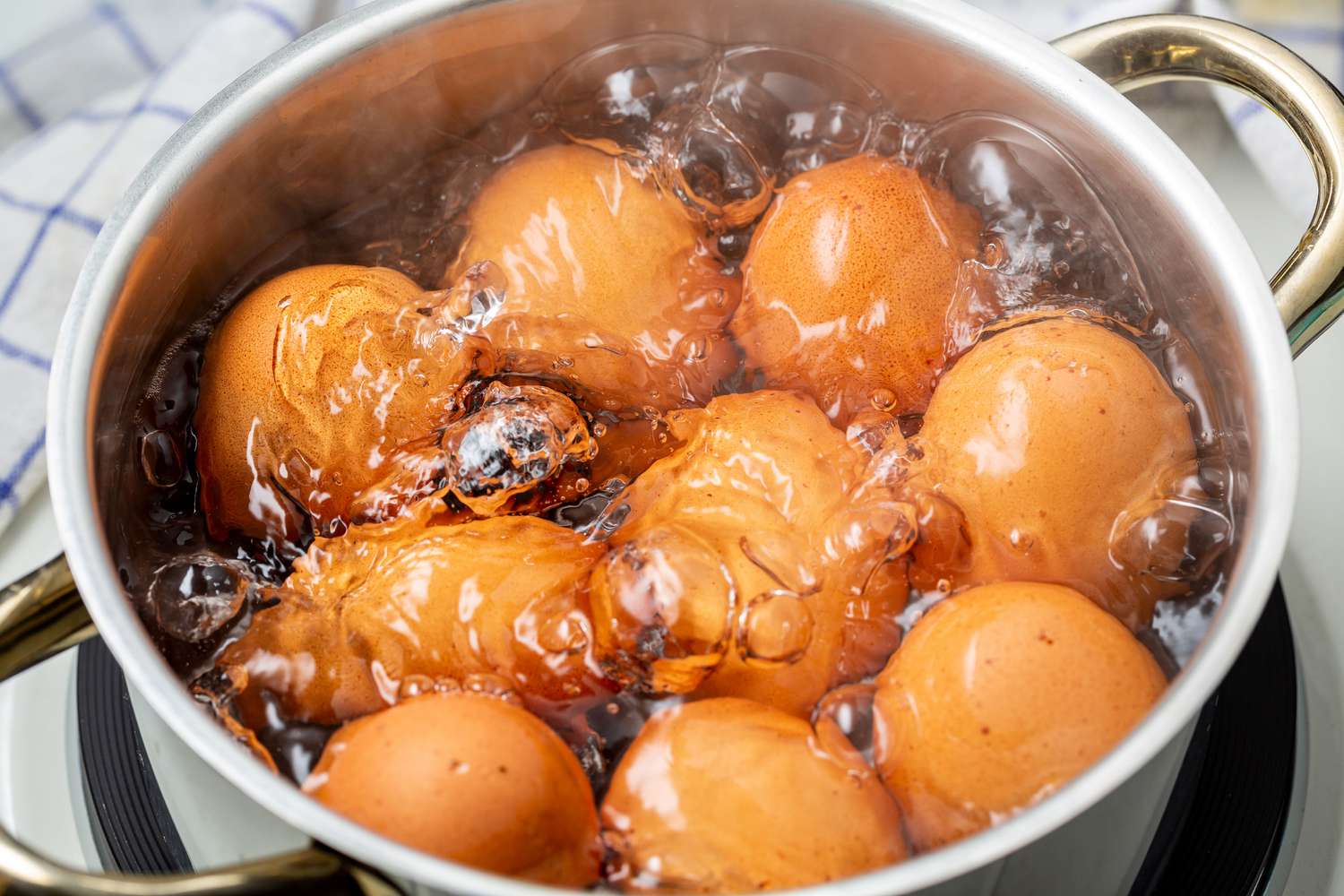ADVERTISEMENT
### **Egg Safety: Risk of Salmonella and Undercooking**
While overcooking eggs poses several issues, it is just as important to consider the risks associated with **undercooking eggs**. Undercooked eggs, particularly those with runny yolks, can increase the risk of foodborne illnesses, particularly **salmonella**.
Salmonella is a type of bacteria that can infect eggs and cause food poisoning. The bacteria can be present on the eggshell or inside the egg, and consuming raw or undercooked eggs may lead to **gastrointestinal issues**, including nausea, vomiting, diarrhea, abdominal cramps, and fever. The symptoms can be severe, particularly in young children, the elderly, pregnant women, and individuals with weakened immune systems.
#### **How to Prevent Salmonella Risk:**
– **Purchase pasteurized eggs**: Pasteurized eggs are heated to a specific temperature to kill any bacteria without cooking the egg. Using pasteurized eggs is a good option for recipes that call for raw or lightly cooked eggs.
– **Proper storage**: Store eggs in the refrigerator at a temperature below 40°F (4°C) to prevent bacterial growth. Don’t leave eggs at room temperature for extended periods.
– **Cook eggs thoroughly**: To reduce the risk of salmonella, ensure that eggs are cooked until both the whites and yolks are firm. This ensures that the egg reaches a high enough internal temperature to kill any harmful bacteria.
While the risk of salmonella is relatively low in the United States due to strict food safety regulations, it’s still important to handle and cook eggs properly to avoid any potential health risks.
—
### **The Best Practices for Boiling Eggs**
To avoid the harmful effects of overcooking or undercooking your eggs, it’s important to follow the best practices for boiling eggs. Here’s a step-by-step guide on how to boil eggs correctly for optimal texture, flavor, and nutrition.
#### **Step 1: Start with Cold Water**
Place your eggs in a saucepan or pot and cover them with **cold water**. This helps prevent the eggs from cracking when heated. Starting with cold water ensures that the eggs cook more evenly.
#### **Step 2: Bring to a Boil**
Place the pot over medium-high heat and bring the water to a **boil**. Once the water reaches a boil, reduce the heat to low so that the water continues to simmer gently.
#### **Step 3: Timing Is Everything**
To achieve perfectly boiled eggs, timing is key. Here’s a general guideline based on the level of doneness you prefer:
– **Soft-boiled eggs**: Simmer for **4-6 minutes**. The yolk will be slightly runny, and the whites will be set.
– **Medium-boiled eggs**: Simmer for **7-9 minutes**. The yolk will be mostly set with a slightly creamy center.
– **Hard-boiled eggs**: Simmer for **10-12 minutes**. Both the whites and yolks will be firm and fully cooked, with no green ring.
#### **Step 4: Ice Bath**
Once your eggs have reached the desired cooking time, immediately transfer them to an **ice bath** (a bowl of ice and water) to stop the cooking process. This also helps in peeling the eggs more easily. Let the eggs sit in the ice bath for about 5-10 minutes.
#### **Step 5: Peel and Enjoy**
Once the eggs are cool enough to handle, gently tap them on a hard surface to crack the shell, then peel off the shell. You can now enjoy your perfectly boiled eggs in your favorite dishes.
—
### **Conclusion: Why You Should Avoid Boiling Eggs the Wrong Way**
Eggs are an incredibly nutritious and versatile food, but boiling them incorrectly can diminish their nutritional value, texture, and even introduce harmful compounds. Overcooking eggs can lead to the loss of essential nutrients like vitamin B12, choline, and antioxidants. It can also result in unappetizing textures and the formation of harmful compounds such as oxidized cholesterol and AGEs.
On the other hand, undercooking eggs can put you at risk of foodborne illnesses like salmonella, especially if you consume raw or runny eggs. To minimize these risks, it’s essential to boil eggs using the proper technique, ensuring they are cooked to the right level of doneness.
By following the steps for boiling eggs correctly, you can enjoy the full health benefits of this nutritious food while maintaining a delicious texture and flavor. Whether you’re making egg salad, deviled eggs, or simply enjoying a boiled egg on its own, the key is to **cook it just right** to maximize both taste and nutrition. So, remember: the next time you boil eggs, keep these tips in mind to avoid the harmful effects of overcooking or undercooking and enjoy the healthiest and best eggs possible!
